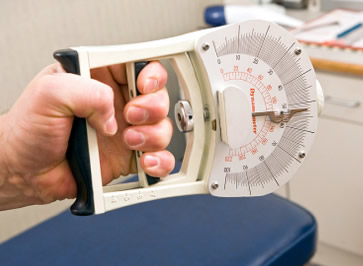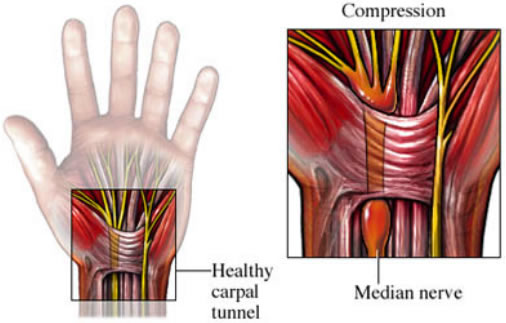Causes of Loss of Grip Strength
Having loss of grip strength without known reason may make you worry whether it is an early sign of certain condition. In general, this symptom can be linked to numerous of different health problems. Even you can have decreased strength in grip when you are being not well.
In medical community, the grip strength is not widely used for an indicator of overall health. But someday it may become one of important screening tests in evaluating an individual’s entire health.
Weakness, slow gait, and unwanted weight loss (particular with unknown cause) are some indications of frailty. But grip strength also can be a reflection of a person’s vitality.
It can provide the information of the muscle mass you have or even may become an indicator of things in the future. With adequate information about the strength level and muscle mass of patient, health care practitioners can prepare and make a better treatment plan.
According to a study published in the JGPT (the Journal of Geriatric Physical Therapy), evaluating grip strength may help healthcare practitioner to assess some general medical variables such as disability, mortality, complications, or the length of how long a patient should stay in the hospital for extensive care.
Dynamometer is a hand-held unit to measure the strength of your grip. This unit can record the force you make with your hands when gripping. It can measure and provide the data of force you make in a wide spectrum.
The problem may be a consequence of common causes such as temporary lack of blood flow to the hand /fingers. It is more common in elderly people. This suggests that it also can occur as a part of aging.
But if loss of grip strength comes with other unusual symptoms or lasts longer than usual, it’s much better to see a doctor!
Stroke
It is a condition of when some cells of brain get damaged or even die, causing poor functions of some parts of the body.
Stroke can be caused by the stopped blood flow to the brain. The blood flow from and to the heart is distributed by blood vessels (arteries and veins). Some conditions can make these blood vessels get narrowed which then may become clogged.
Dietary factor (particularly diet high in cholesterol & saturated fat) and poor in exercise can play a key role in causing clogged artery.
Typically, stroke affects one side of the body, depending on where the area of brain is affected – though, there is also a kind of stroke that can affect both sides of the body (see more in this section). The affected organs can be very poor in function.
For instance, the affected left /right hand (including fingers) can lose the function. This can cause a significant loss of grip strength. Prolonged pins & needles, sudden weakness, and poor coordination are some early signs of stroke.
Osteoarthritis in the fingers
Typically, the degenerated cartilage in the joint of the finger as the age is the major reason behind osteoarthritis. People with this joint disease in the finger can be very poor in performing daily tasks that involve the use of hands and fingers such as for pinching or gripping – see more in here!
Carpal tunnel syndrome
The hand hosts lot of nerves, one of them is median nerve which is so crucial to support some functions in the hands such as:
- To provide nerve signal in the movement of the muscles around the base of the thumbs.
- To help accommodate sensation to the palm side of fingers (except little finger) and thumb.
Below is a hand with carpal tunnel syndrome (image credit to Nucleus Medical Media, Inc.)
In carpal tunnel syndrome, the median nerve gets compressed /squeezed inside the carpal tunnel (a narrow passage in the wrist). This can be triggered by the narrowed carpal tunnel itself. This narrowing can be linked to different causes, some of them are:
- Having hereditary /genetically narrower carpal tunnel.
- Fluid changes or an injury that can cause swollen tissues around the carpal tunnel.
- In rare cases, the carpal tunnel that becomes narrower can be caused by tumors.
Lifestyle factors (such as smoking, obesity, abusing alcohol, workplace factor (having a job that requires repetitive hand motions) and certain health conditions (such as diabetes, arthritis (especially rheumatoid arthritis), and hormonal imbalance related problems) are some risk factors of carpal tunnel syndrome.
Frequent dropping a thing that you hold and decreased strength in gripping can be the symptoms of carpal tunnel syndrome. Other symptoms include numbness and stiffness in the affected hand, especially in the fingers (except little finger) and thumb. As the problem gets worse, you may also feel pain when you move the arm.






Unable to turn key in a lock, unable to start ignition with right forefinger and thumb and unable to turn lamp on or off with same forefinger and thumb.